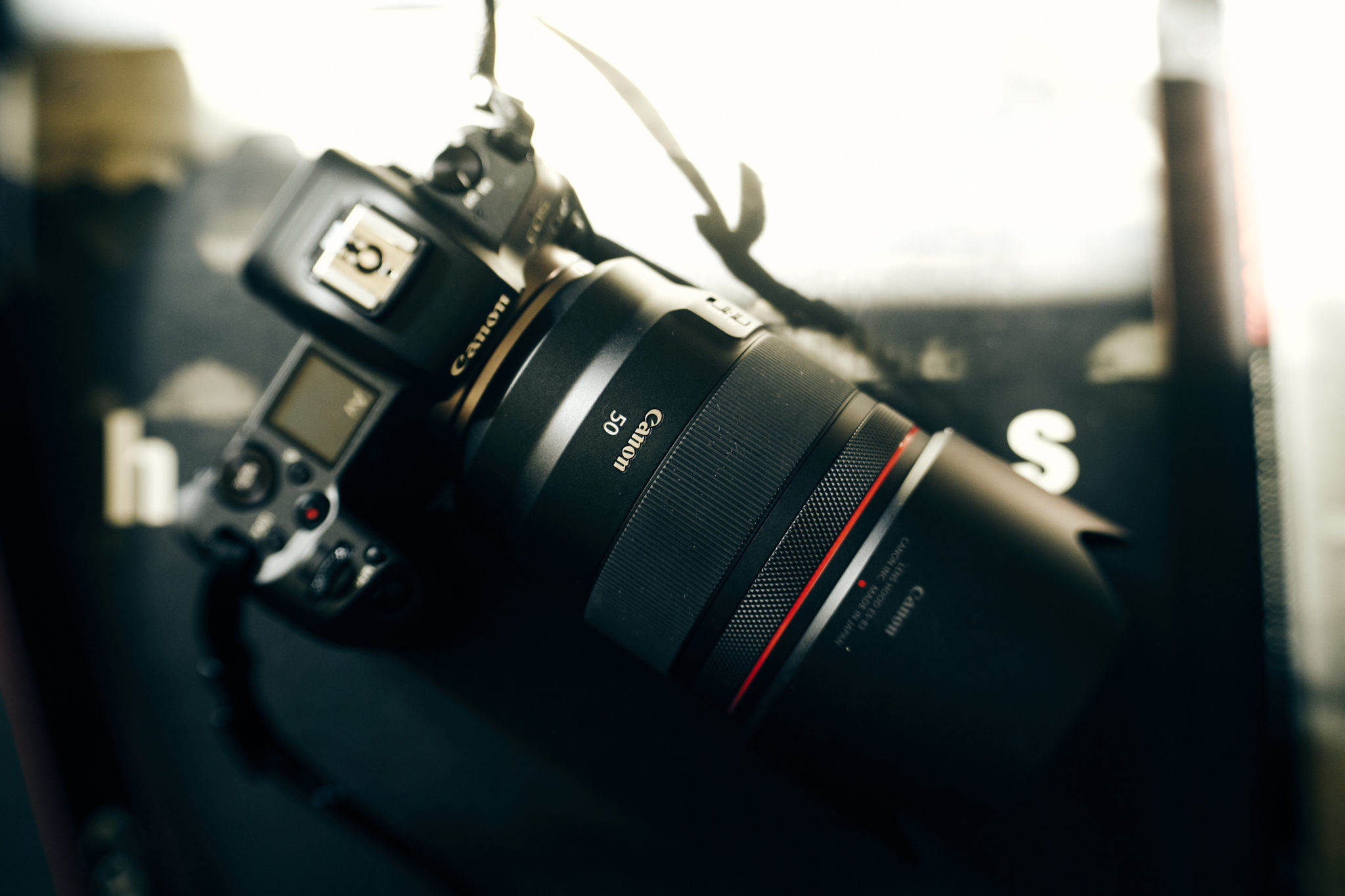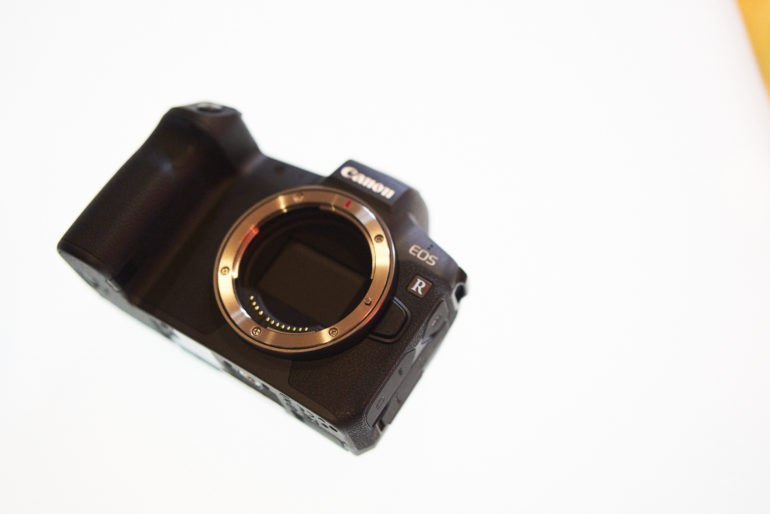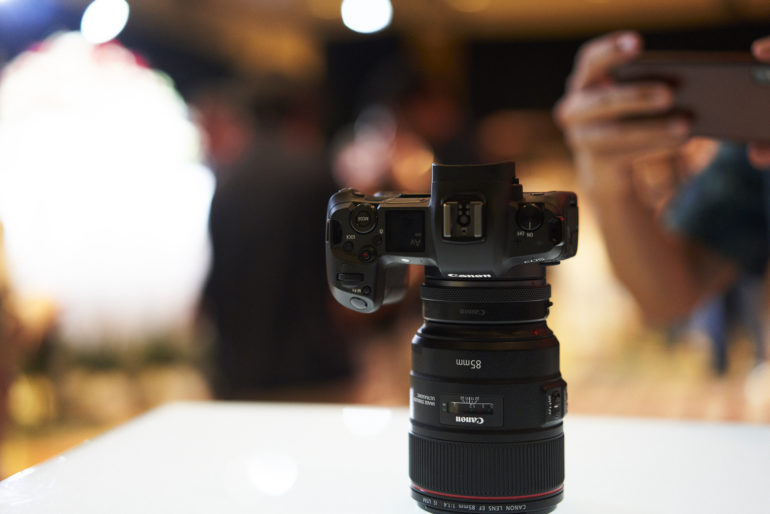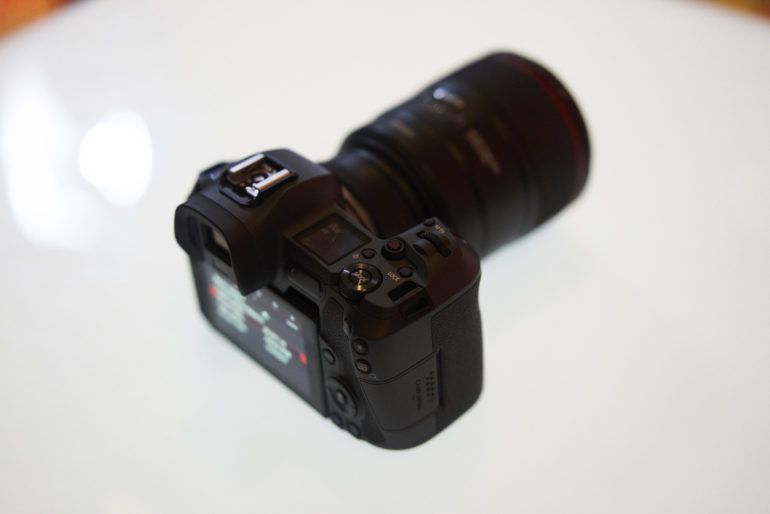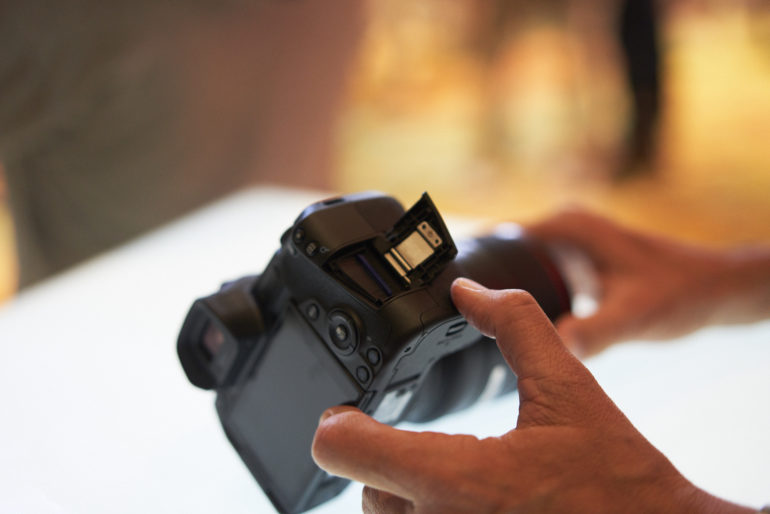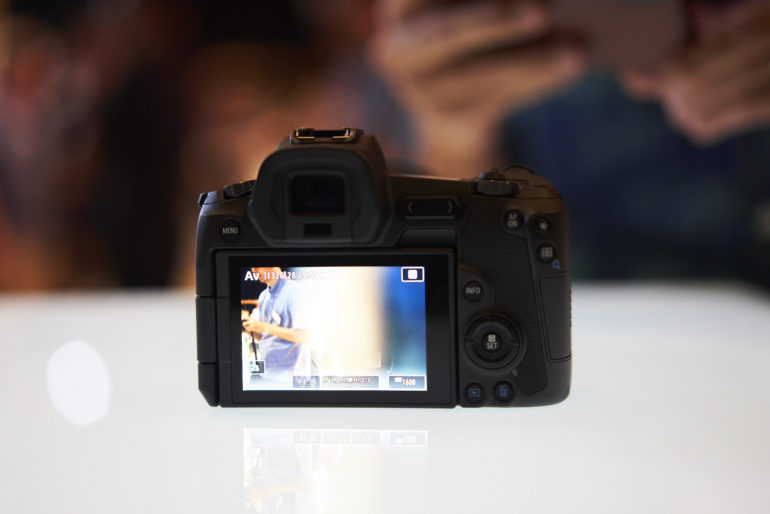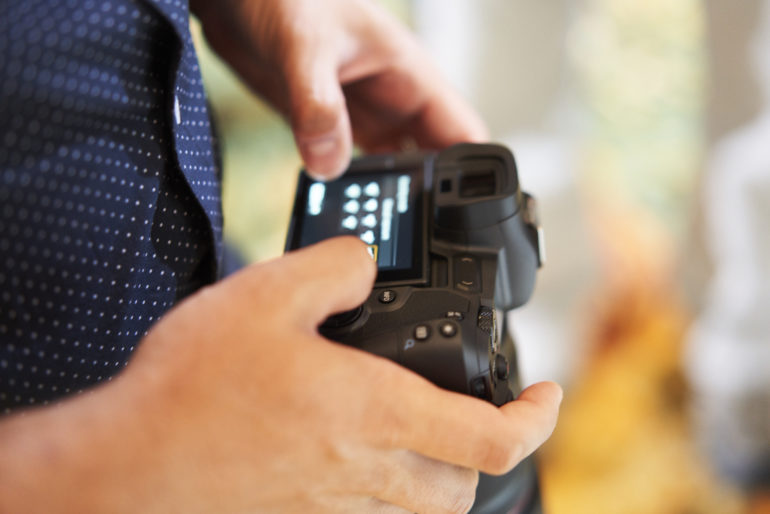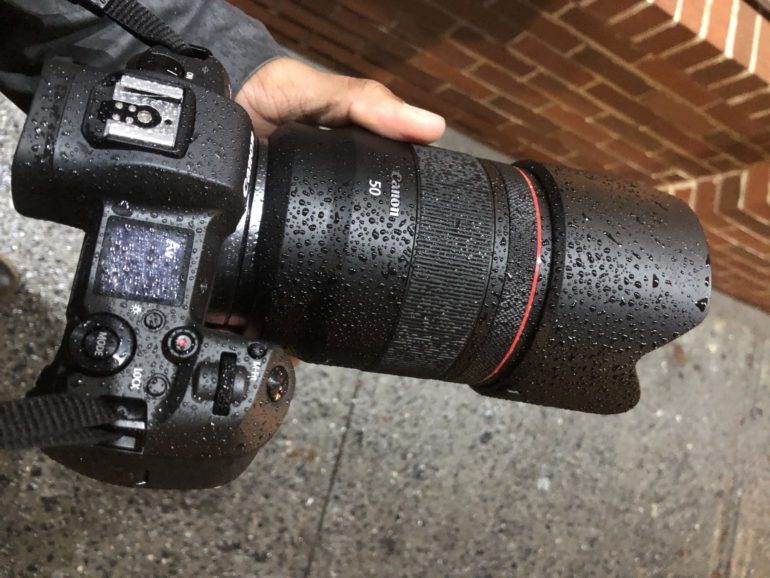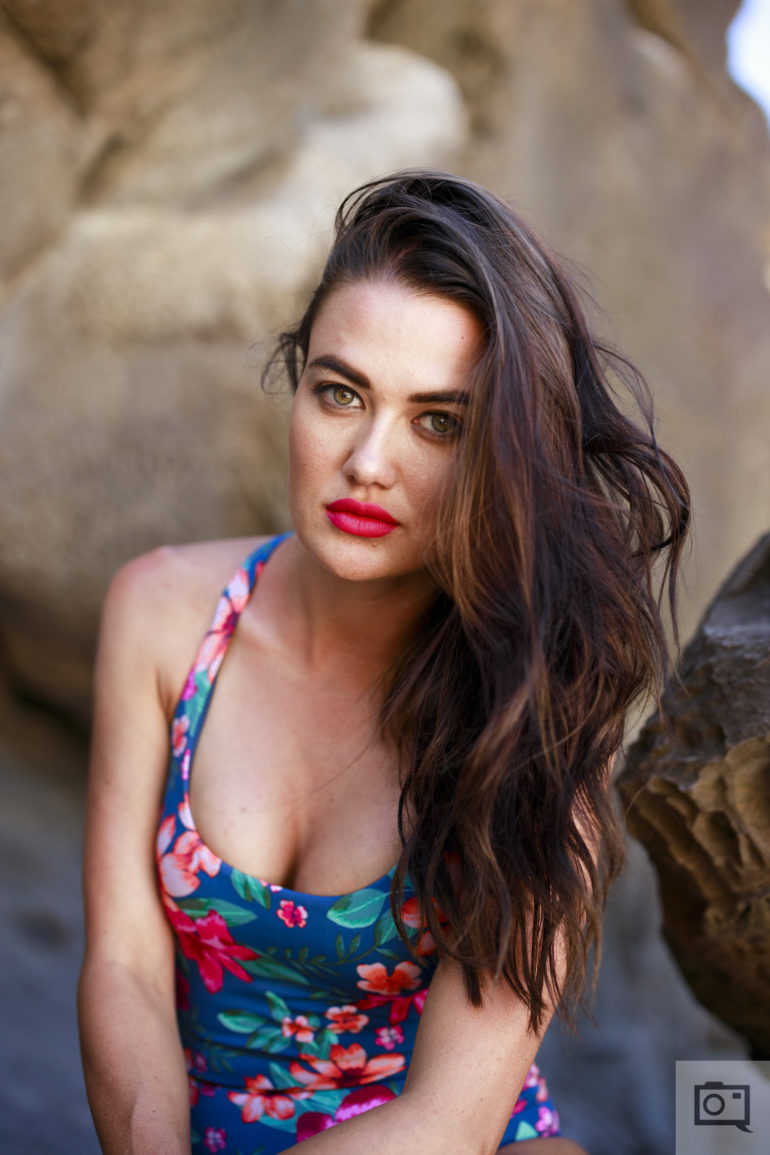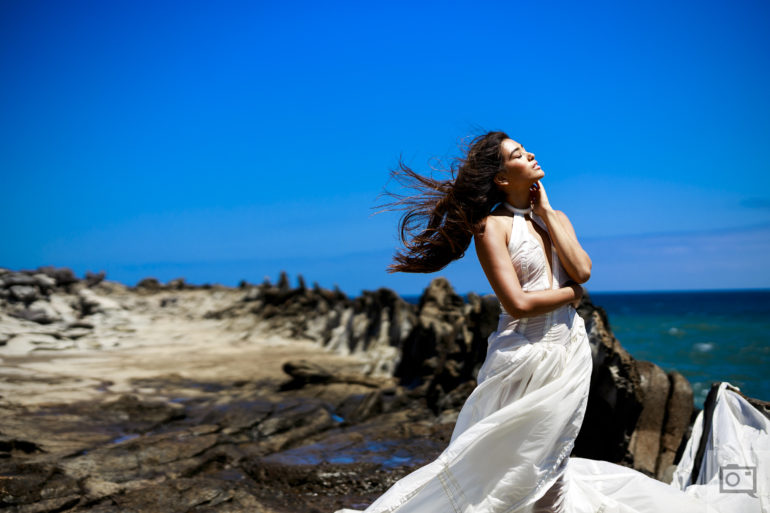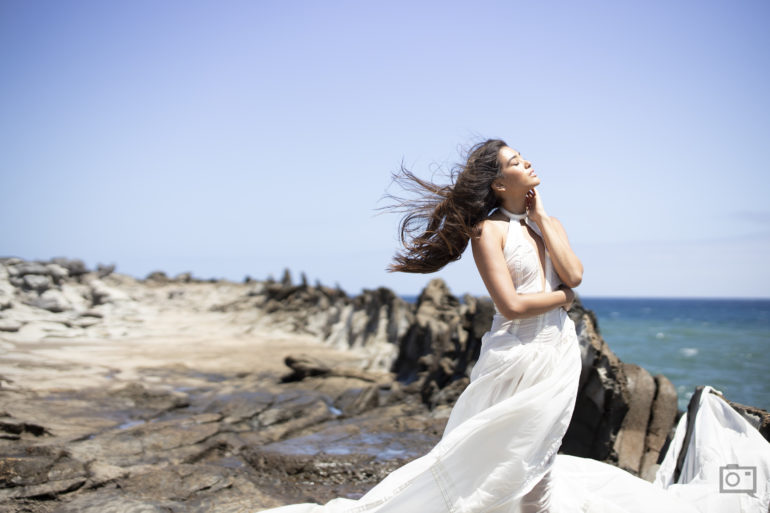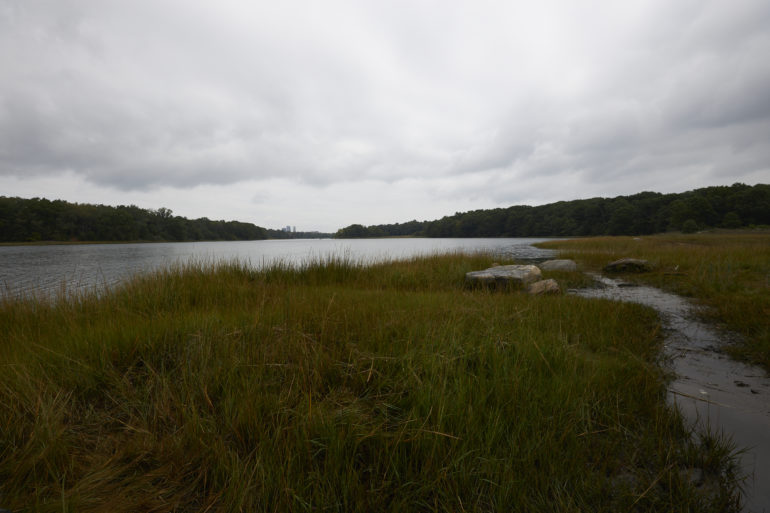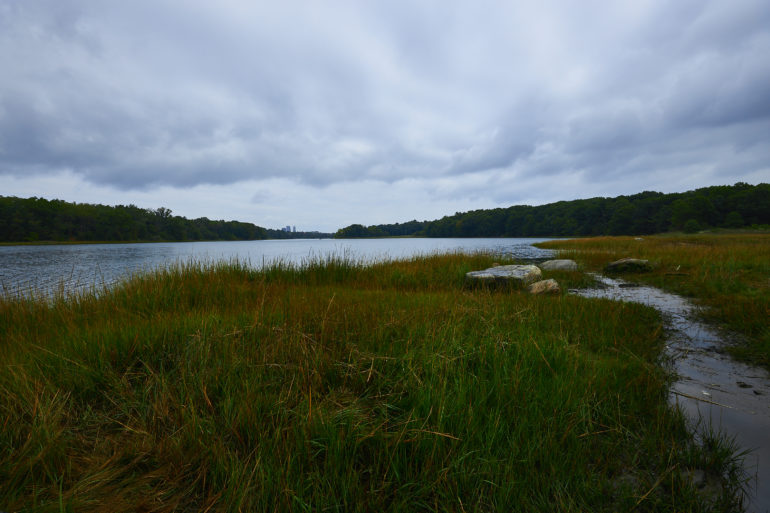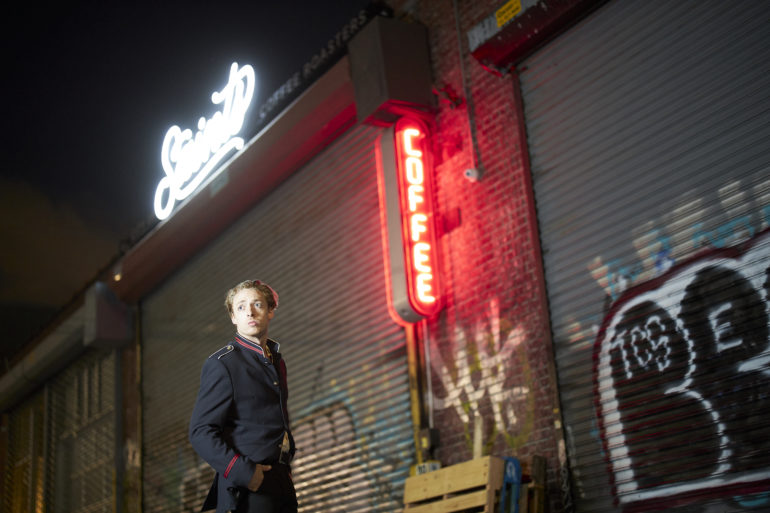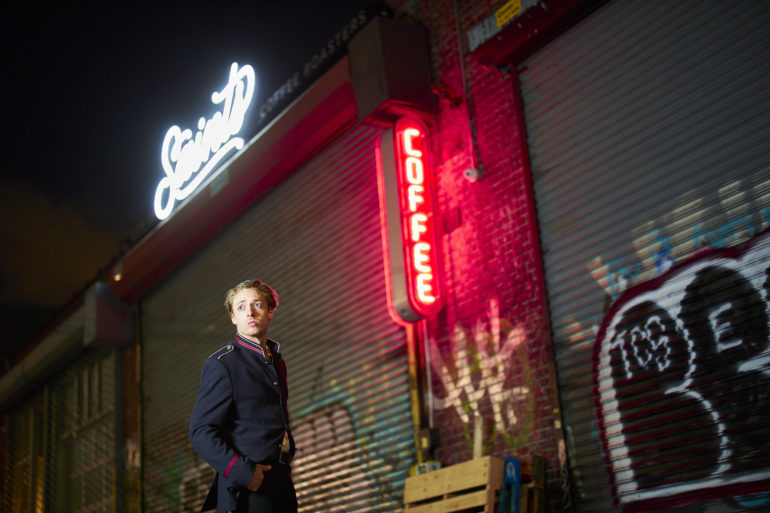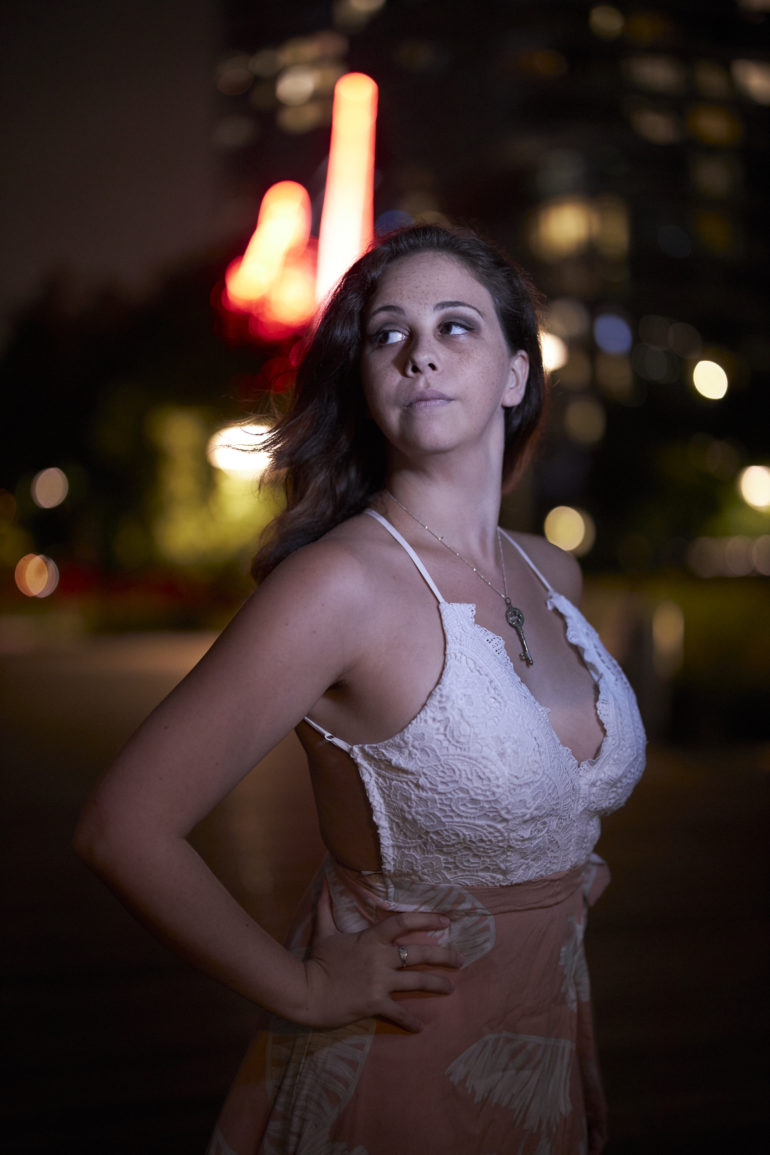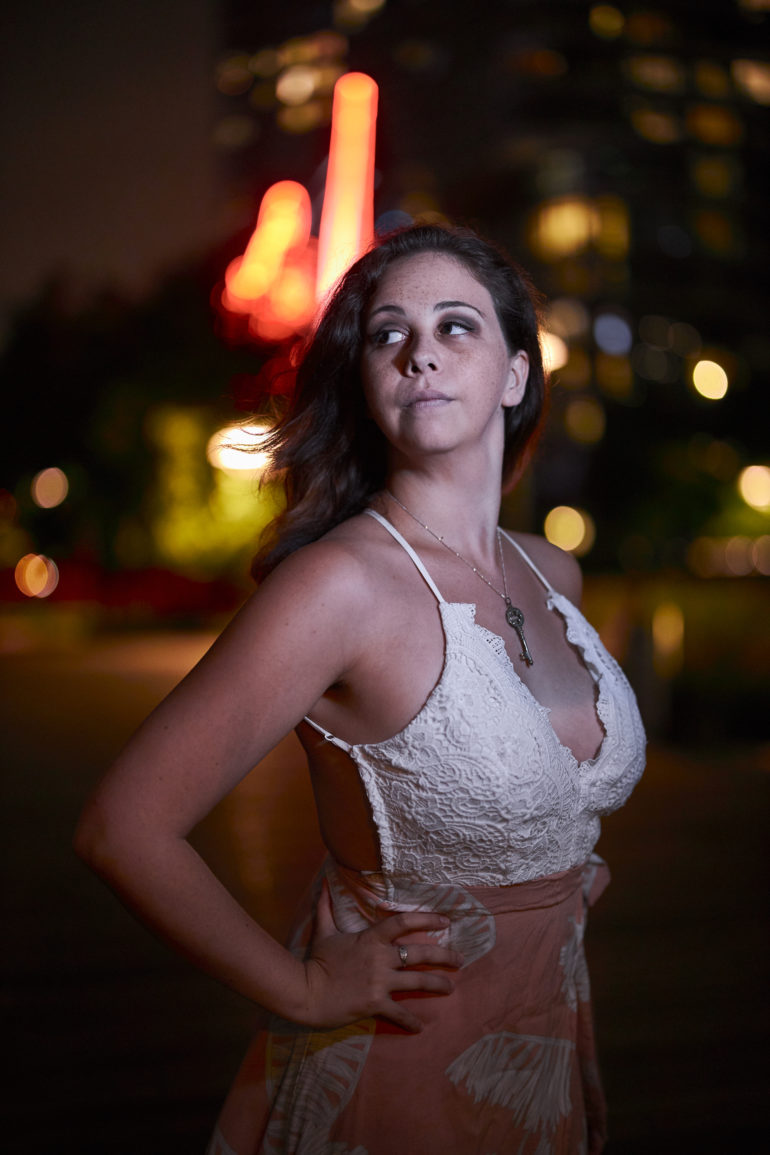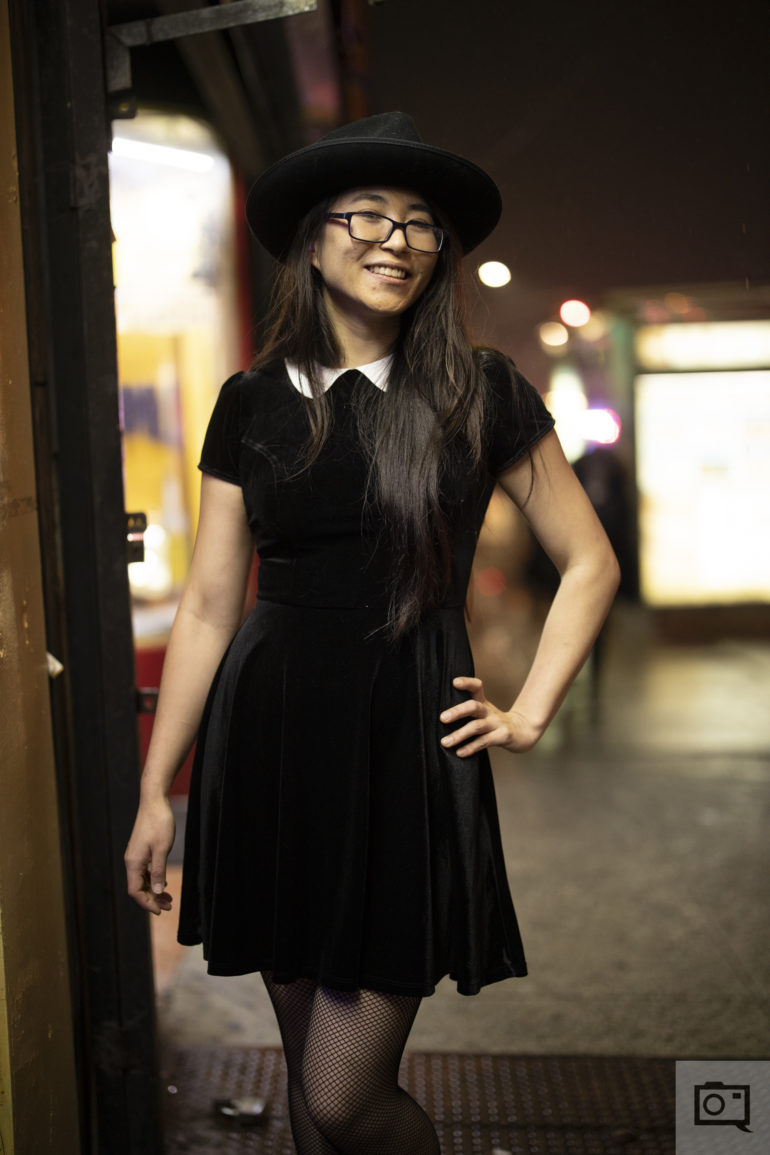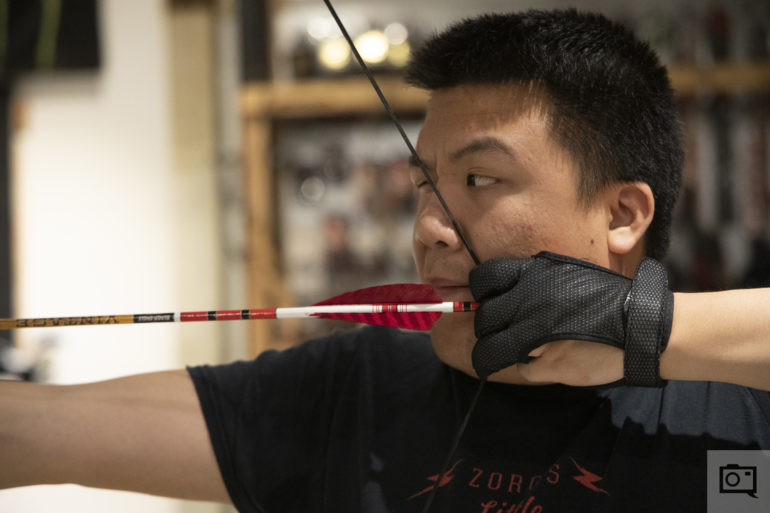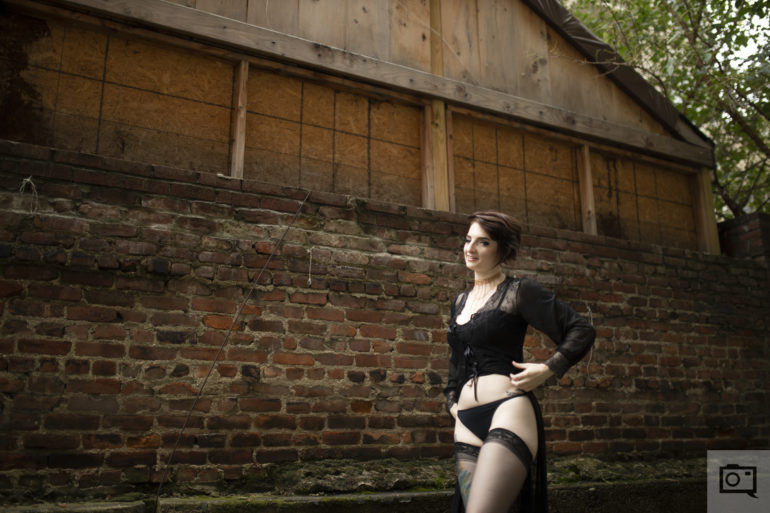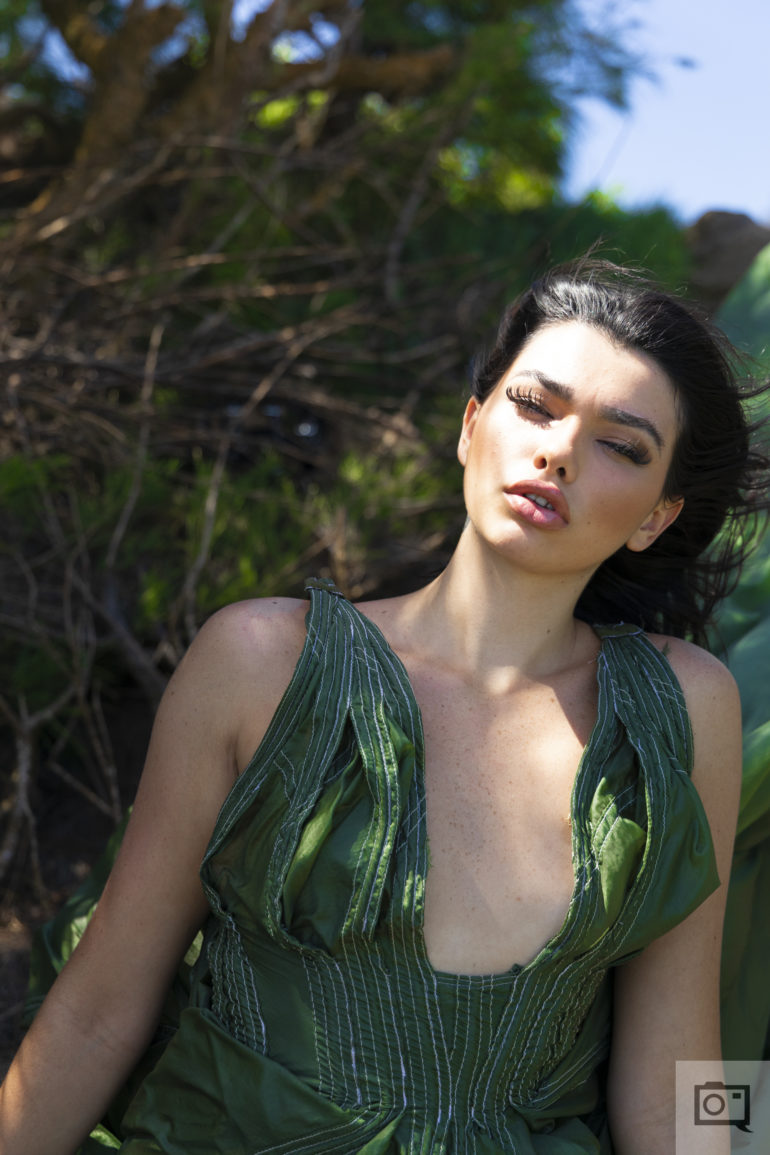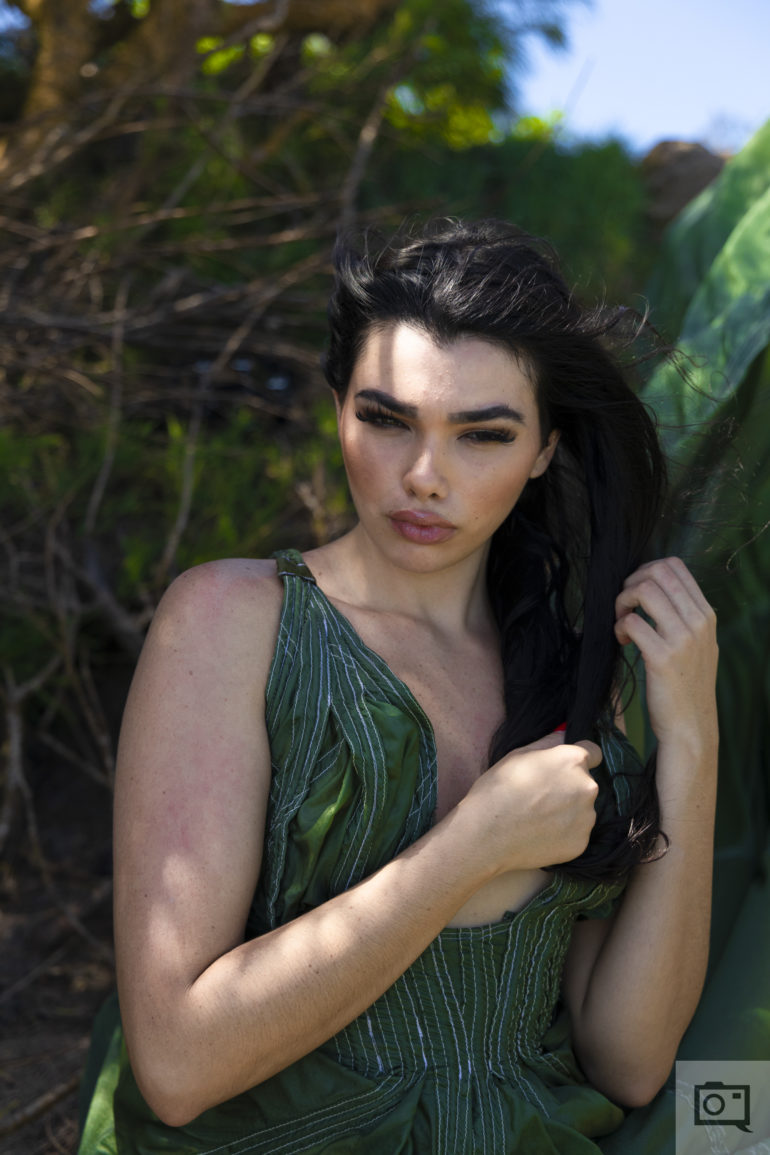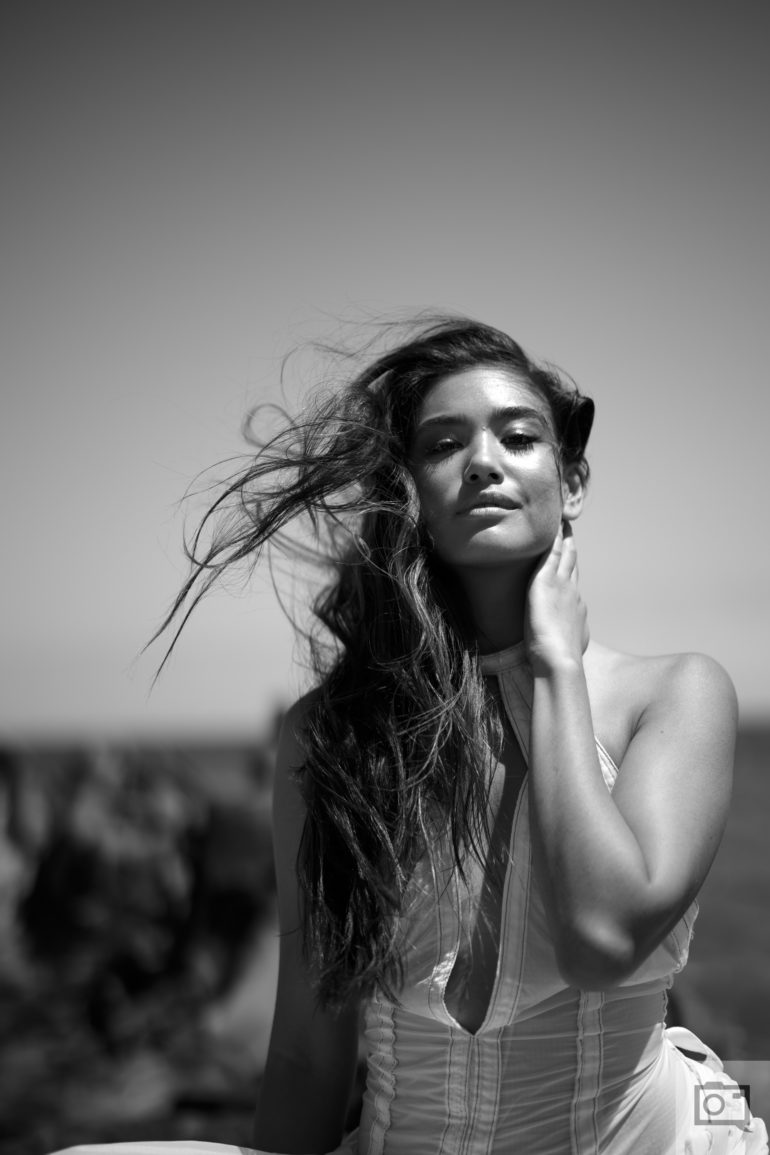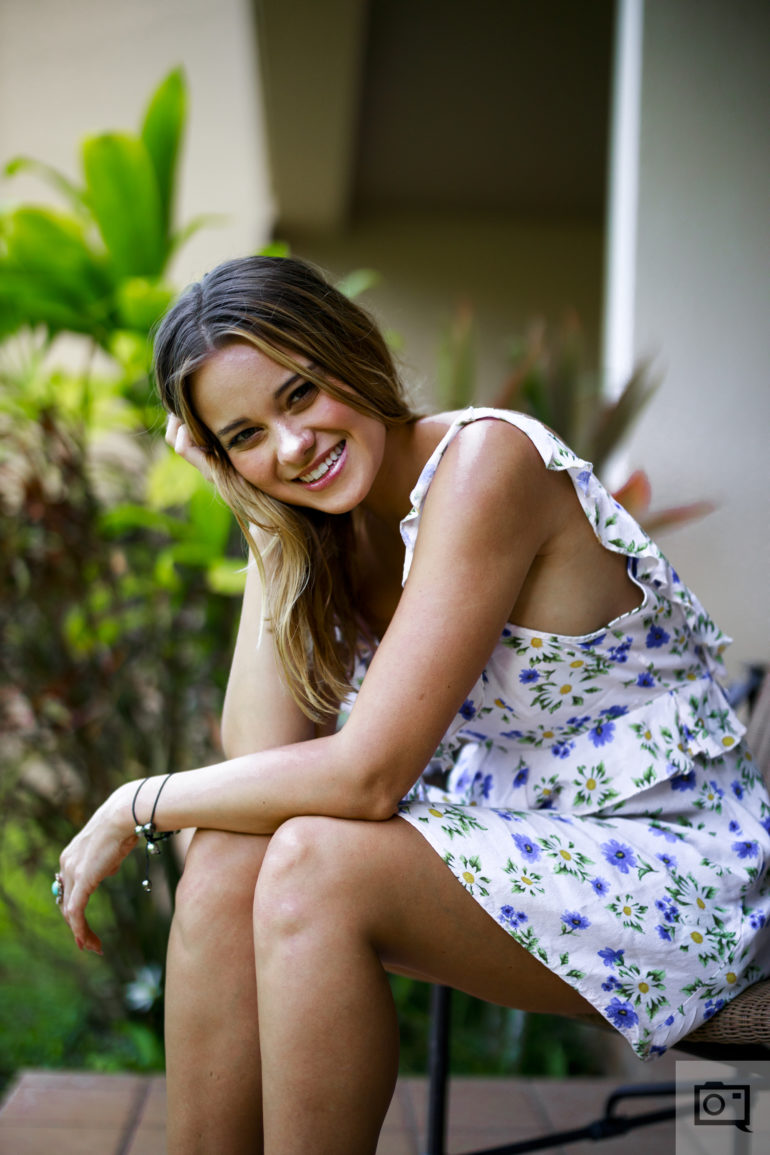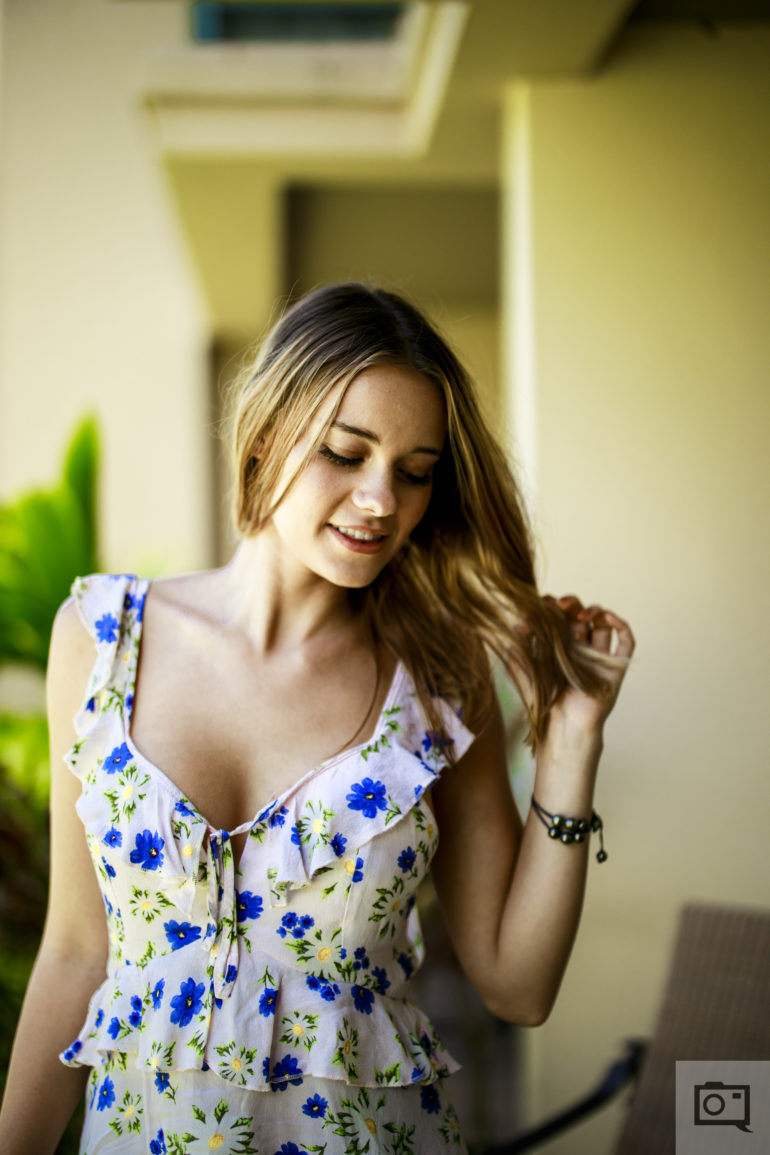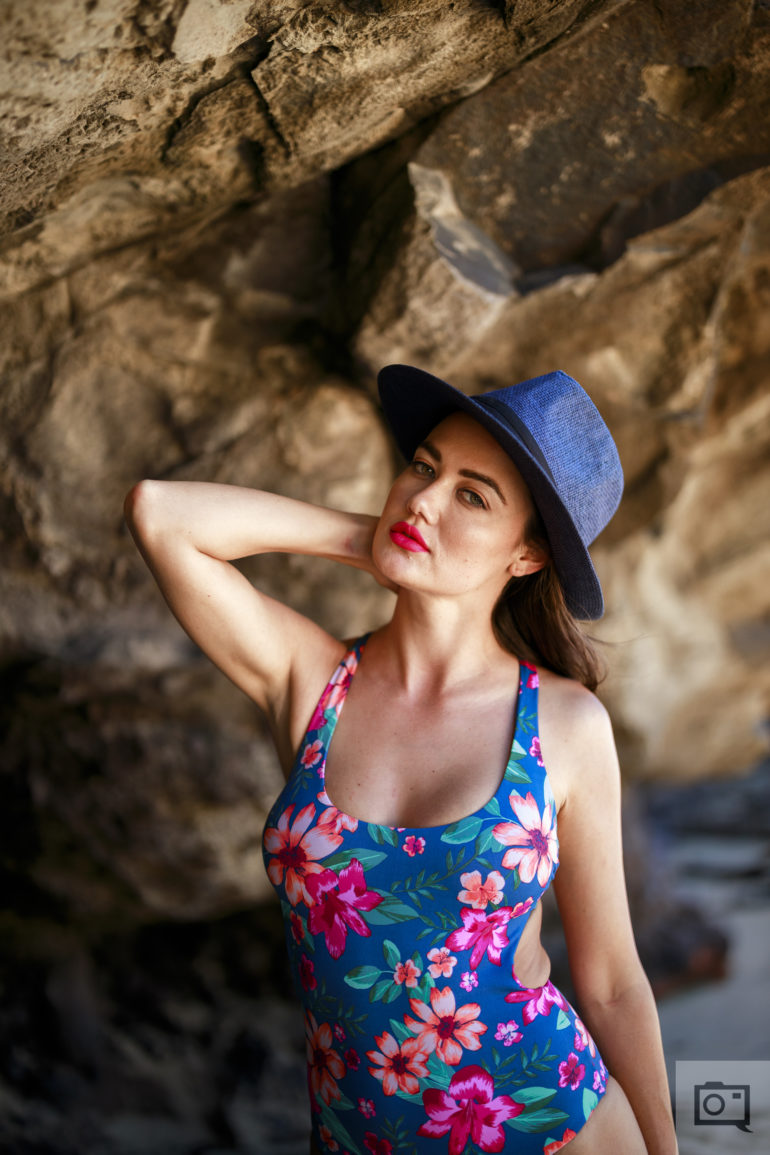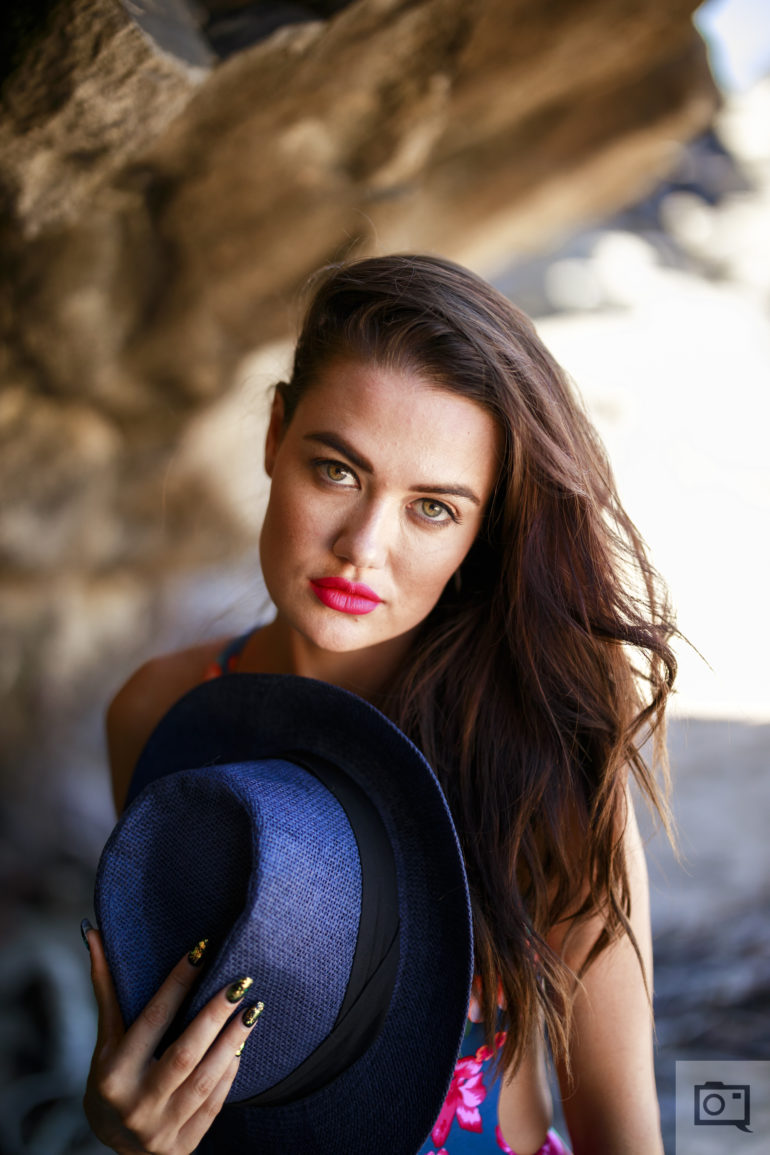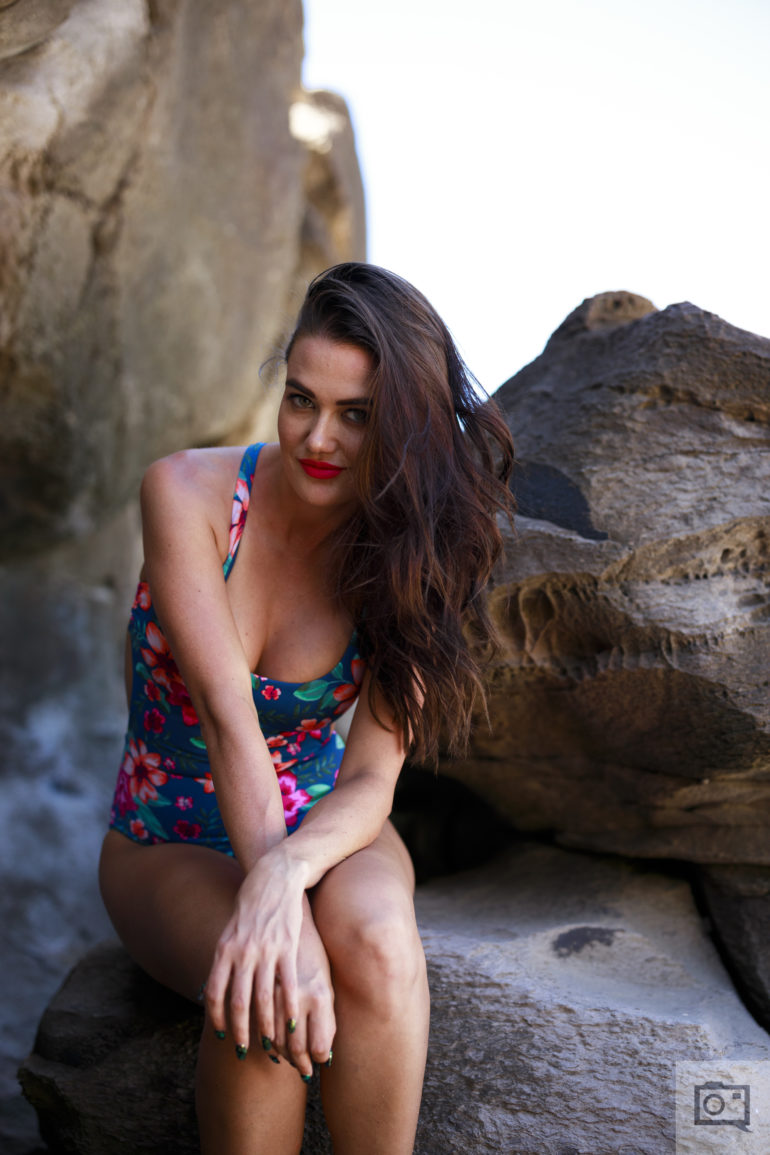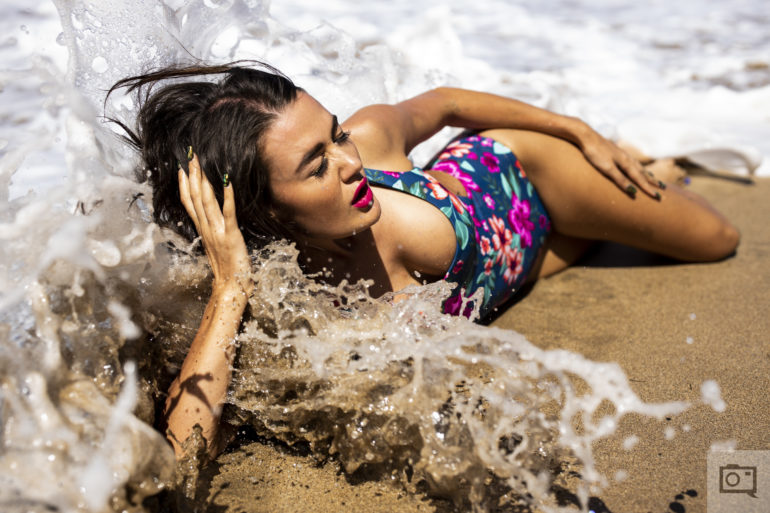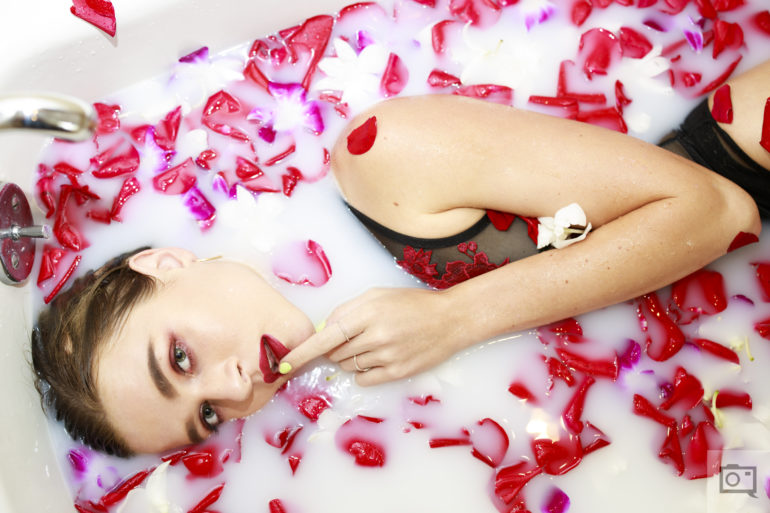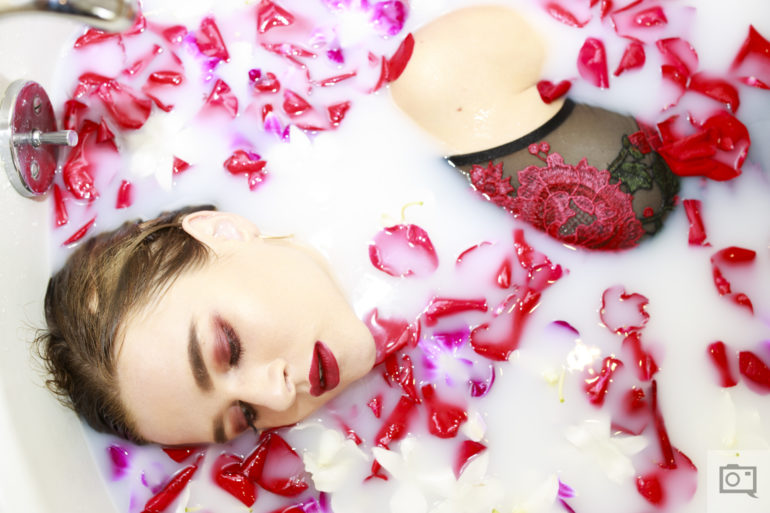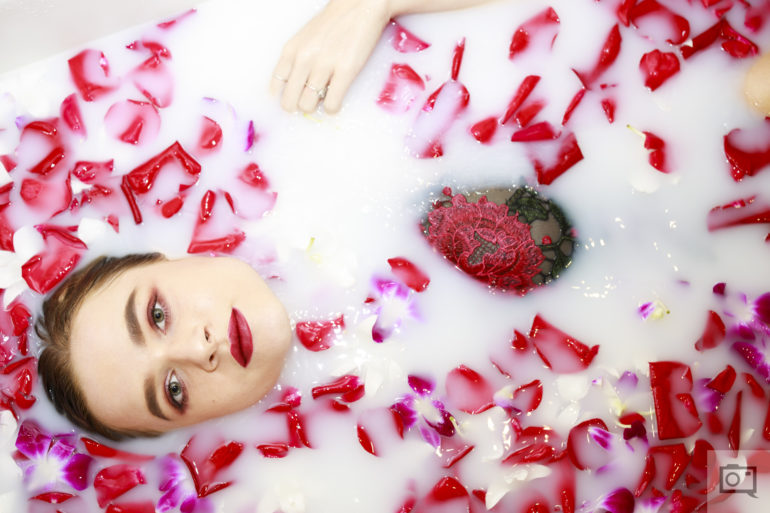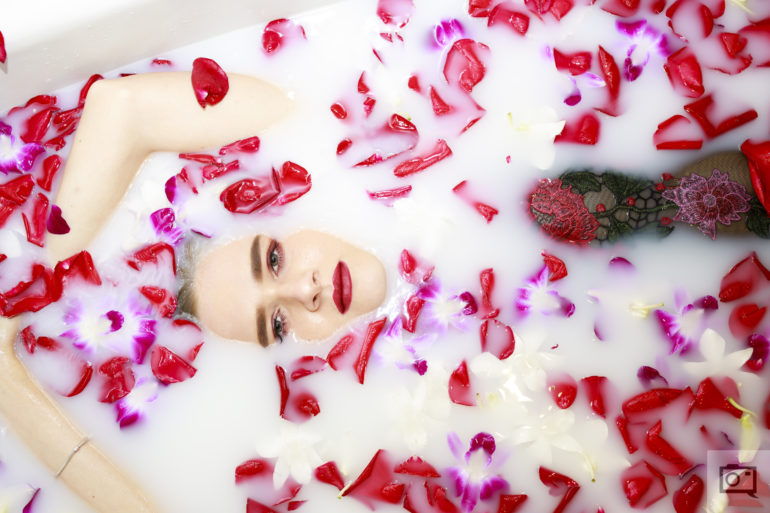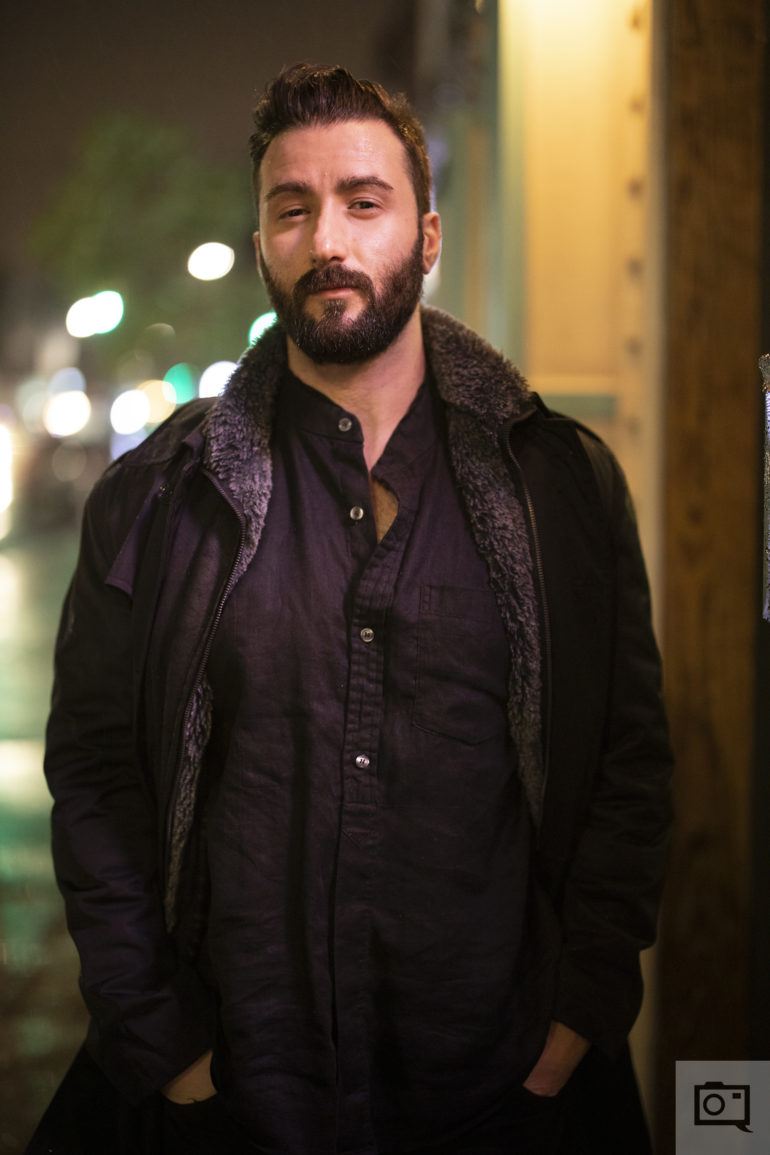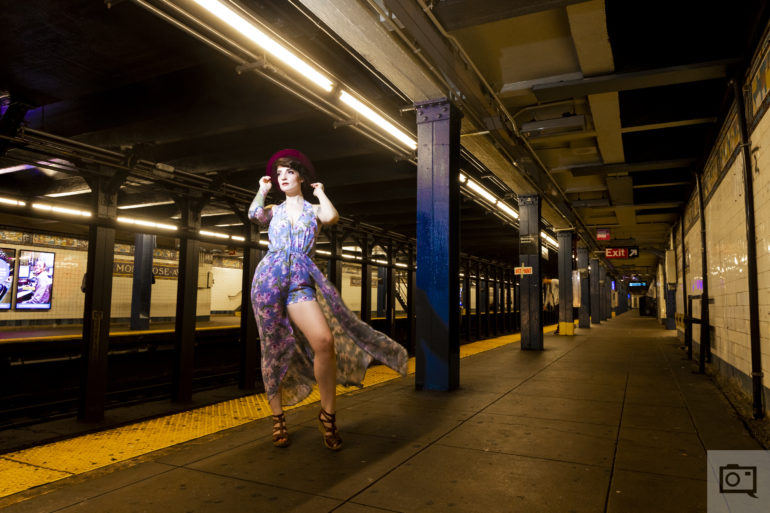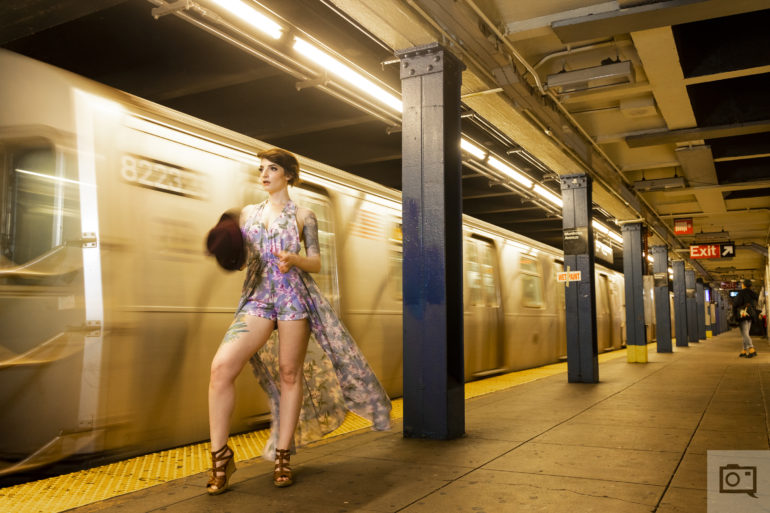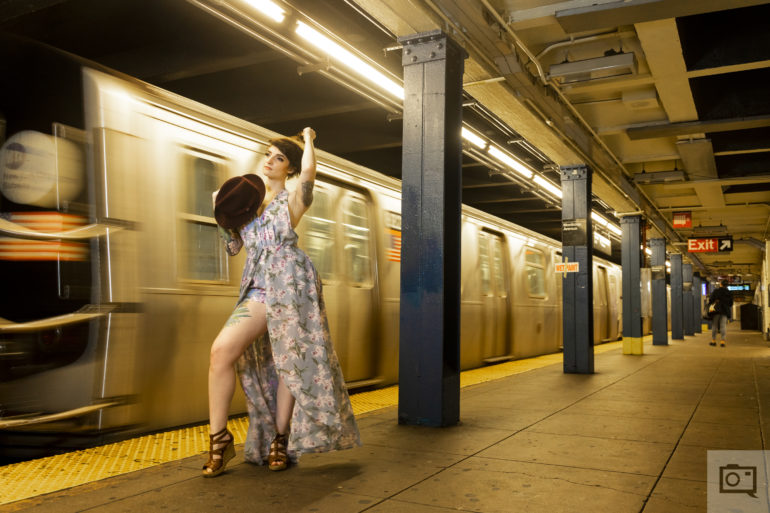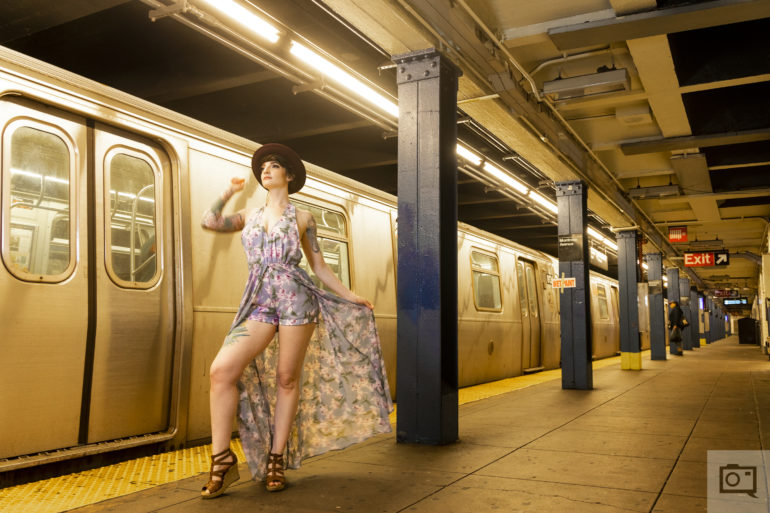Last Updated on 04/20/2023 by Chris Gampat
If you had told me a year ago that Canon would come out with a camera like the Canon EOS R, and that I’d actually purchase one, I would’ve laughed in your face. But Canon has genuinely surprised me. The Canon EOS R camera is targeted at the semi-professional and high-end enthusiast and can be looked at as a bit of a fusion between the Canon 5D Mk IV and the Canon 6D Mk II stuffed into a mirrorless camera body and given a few new adjustments that make it a unique Canon product vs being another Sony copycat. The camera houses a more-than-sufficient, full-frame 30.3MP sensor that is a happy medium between many of the 24MP sensors and the 42MP+ sensors out there in full-frame cameras. To that end, one could argue that it is sort of positioning itself to be a jack of all trades and a master of none.
You can view this article and much more with minimal ads in our brand new app for iOS, iPadOS, and Android.
In real life and extended use with the camera, I can say with all confidence that it’s doing a pretty darn good job.
Editor’s Note: This review was updated in March 2023.
Table of Contents
Pros and Cons
Pros
- Build quality
- Weather sealed like crazy
- Autofocus is good
- Protects the sensor when off
- Canon’s menu system is still simple
- Ergonomics feel nice
- With a lightweight lens, it feels just as nice as a Sony camera
- These are some of Canon’s best RAW files in years
- Good battery life
- Fast Wifi transfers, though not as simple as Sony’s
Cons
- Needs Dual SD cards
- Needs a joystick
- The magic touch bar is odd and could use refinement
- Optimizing the way the ISO, aperture, and shutter speed dials work, such as the automatic remetering for ISO, not cool
- Canon needs to improve or change their face and eye detection
- Bigger than Sony, but the L lenses are about on par with their G Master glass
Gear Used
We tested the Canon EOS R with the RF 50mm f1.2 L USM, RF 24-105mm f4 L IS USM, and a number of Canon and Sigma lenses in addition to Canon radio flashes.
Tech Specs
Specs taken from the Adorama listing
- RF Mount Compatible with RF Lenses and EF/EF-S Lenses (with optional Adapter)
- 30.3 Megapixel Full-frame CMOS Sensor and DIGIC 8 Image Processor.
- Dual Pixel CMOS AF with 5,655 Manually Selectable AF Points
- 4K 30p with Canon Log and 10 bit 4:2:2 HDMI Output
- Built-in EVF with 3.69 Million Dots, Vari-angle Touchscreen LCD and Dot-matrix LCD Panel
- USB Charge Compatible.
- Silent Shutter
- Mobile Workflow.
- Sensor Size: Full Frame Camera
- Max Video Quality: 4K 30fps
- Viewfinder: Built-In Viewfinder
- Wifi: Wi-Fi: Yes
- Special Features: Bluetooth
- Configuration: Body Only
Ergonomics
Taken from our first impressions post
The Canon EOS R is pretty unique in that when you turn the camera off and remove the lens the shutter comes down. That protects the sensor. As simple as this sounds, no one else does this. Innovative? In this case, yes. No one else does it and I’m not sure why.
As you can tell from this image, the front of the Canon EOS R is pretty plain Jane. Not a whole lot to look at here.
Turn to the top of the Canon EOS R and what you’ll spot are a number of controls. It’s much like their DSLRs. On the left side of the camera, you’ll spot the on/off switch. I really wish this controlled the ISO instead.
On one side you’ve got two exposure control dials, a video record button, a shutter release, and a top LCD screen that we weren’t able to make glow despite the glowy function button. Instead, it switched up what information we saw. This made looking at said information difficult in the dark.
Again, I didn’t get much time with the camera thus far.
Now here is the biggest let down about the Canon EOS R; the single card slot. At least it’s an SD card slot and not XQD like Nikon did.
The back of the Canon EOS R includes a number of options like the LCD screen, playback, autofocus point selection on the right side near the thumb tab, and the new multifunction bar. Then there is the directional pad.
Canon’s viewfinder for the Canon EOS R looks really nice. And more than anything, I’m perhaps most excited to look through this and use it over and over again once it is properly calibrated for my eyes.
Build Quality
Look at this: would you let your Sony, Nikon, or Fujifilm camera do this? If you’re absolutely intimidated by this image or think I’m crazy, you’d be shocked at how resilient those cameras are. While I’d say without a doubt that Sony has the most weaknesses when it comes to build quality, their cameras are still very weather sealed. The Canon EOS R, in this case with a native lens, was able to survive quite the rainstorm in Astoria, Queens. It continued to work and the only problem I had was that the EVF sometimes thought my eye was there due to water droplets. But to be fair, the entire industry has this problem and I doubt there is a single engineer that would say otherwise.
But look at how exposed the hot shoe is; despite this it kept clicking and functioning. Major props are given to the Canon EOS R for that.
Also check out our list of the best weather sealed prime lenses to adapt to the Canon EOS R.
Ease of Use
Straightforward shooting photos is pretty simple, but I think the best customization of the Canon EOS R comes when you start to unlock what the dials and buttons can do. I’ve experimented with the exposure controls in two different ways;
- Shutter speed on the front dial, aperture on the back dial, and ISO control on the back magic touch bar
- Shutter speed on the front, aperture on the lens dial, and ISO control on the back dial
In my tests, I’ve found that every time you meter a scene and then re-meter, the Canon EOS R will try to change the ISO no matter what. This happens even if you’re in manual and not auto ISO. It’s incredibly annoying especially if you’re shooting a scene with a flash. In fact, if this worked perfectly, I’d be fine with it. But, it’s frustrating–and that’s something that Canon will need to fix with a firmware update.
Editor’s Note: This has been fixed with firmware updates.
But besides this, you’ll rather enjoy the touch menu controls and cool additions like the magic touch bar. If you wire the ISO control to this button, you’ll want to ensure that it allows you to lock it. Otherwise the touch bar can be a tad too sensitive and also annoying. What’s also annoying though is the fact that you’ll need to press and hold the left side to unlock and lock it. A dedicated switch around it would have make this much easier.
Then there is the big other thing that annoys me: why the heck did Canon remove the joystick? This is an essential item on any camera that is meant to be serious in any way. Lastly, what also annoys me is that you need to hold down the illumination button to wake up the LCD screen on top unless you set it up to do otherwise. While I’ve done a lot of complaining here, I should talk about what the Canon EOS R does really right.
- When you turn the camera off, the shutter comes down and protects the sensor.
- The battery life is pretty great.
- The variety of what you can get with the autofocus options is helpful.
- The Wifi connection is quick and reliable.
- The ability to be specifically locked into a mode and not really move out of there is nice–and that goes for both photo and video. If I’m shooting in manual mode, I’m most likely not coming out of it.
- The use of the touchscreen to navigate the menu quickly. You can get to whatever you want within two or three taps.
When it comes to ease of use, there are surely innovations here, but I genuinely don’t think they’re enough to say that this is a revolutionary camera. They’re good, and they’re very distinctly Canon in the DNA. The only thing that I’d perhaps comment on a bit more is the face and eye detection. With Sony’s system, I feel like your needing to take extra steps every time sort of takes your mind out of shooting portraits. But with Canon, the eye AF is wired in. Unfortunately for Canon, it’s pretty awful in comparison to how accurate Sony’s autofocus is.
We’ve talked a lot more about what Canon needs to do via firmware updates right here.
Update: In December 2021, Capture One 22 gave the Canon EOS R wireless tethering. To do this, you just need to update to the latest firmware and have Capture One 22. Then, using more or less the same process presented in this video, you can tether with Capture One 22.
With this update, the Canon EOS R becomes incredibly powerful. You’ve got a solidly built, weather-resistant camera that can use great lenses like the Canon RF 50mm f1.2 L. You’ll get fantastic image quality when shooting portraits or anything else. And if you find that you can’t afford the Canon EOS R5 but you just want to shoot portraits, you’ve got most of the Canon EOS R5’s functionality right here. When you shoot a photo, it takes a couple of seconds to beam a RAW photo to a computer. For the record, I have Verizon FiOS in NYC with 1GB up and down. I’m shooting to a 2019 iMac fully spec’d out. If you’re one of those newer photographers that machine gun shoots their portraits, you may be disappointed. But if you shoot old-school and shoot a single photo, have a model change the pose, and then shoot and other photo; you’ll be all set.
The Canon EOS R is probably nearly at the end of its life. But realistically, Canon gave us a brand new camera towards the end. We can’t really complain.
Metering
In our Sunny 16 tests, we found the Canon EOS R to nail the metering pretty darned well. I feel like the results from the Canon EOS R look and feel a bit like medium format slide film and to that end, you should expose it as such. I tended to underexpose in bright situations and overexpose in darker situations. Then in post, I’d make the best balance of the difference or I’d simply be happy with my exposure. The Canon EOS R, like every other mirrorless camera out there, has exposure preview built in. But for what it’s worth I barely ever use it.
Either way, know that if you’re shooting a landscape or street photography then Sunny 16 works just fine.
Autofocus
In most situations the Canon EOS R is fast and accurate. In fact, in my entire time using the camera, it probably only missed focus a few time in low lit situations where I was using face detection and one time when I was using the wide horizontal autofocus area and trying to track a moving dancer at f1.2 or stopped down a bit. But even so, that’s difficult to do. However, I have to admit that the Canon EOS R was still able to deliver enough usable images in every situation.
I’ve already spoken about the Canon EOS R’s eye detection above and I also do so here. It’s great for portrait shooters for sure.
Update: In the long run, Canon did a pretty good job with the Canon EOS R. With firmware 1.4, it sped up quite considerably to be much more on par with cameras from Sony. And overall, it’s hard to not like the camera. If you’re shooting portraits or landscapes, you’ll be all set. The lack of a direct joystick is a bit annoying, but if you’re shooting portraits then you won’t need it. You can just set it to face and eye-detection and it will just perform well. In fact, it will perform as well as the Canon EOS R5 when it comes to human detection.
Update March 2023
Firmware 1.8.0 has been out for over a year. And so this review update was long overdue but we simply forgot to do it. Here’s what it added to the Canon EOS R.
Firmware Version 1.8.0 incorporates the following enhancements:
1. Improves color balance when the RF50mm F1.8 STM lens is attached to the EOS R camera.
2. Support has been added for the following lenses*:
- RF70-200mm F2.8 L IS USM
- RF100-500mm F4.5-7.1 L IS USM
*With Firmware Version 1.7.0 and later.We tested this new update with the Canon RF 100-500mm f4.5-7.1 L IS USM in the summer of 2022 and even into the autumn. You can find a lot of references within our head-to-head against the Canon EOS R5 and the Canon EOS R7.
In the long term, the Canon EOS R didn’t get the machine learning features that the Canon EOS R5 and Canon EOs R7 have. But it still has very good human detection features. And if you’re photographing people, then it still holds its own with those other cameras very well. Here’s what we said in our head-to-head:
The EOS R still kept up with moving subjects during a sports shoot with little to no problems. Any errors that happened are due to the electronic shutter function. But in mechanical shutter mode, this test confirmed that my purchase of the Canon EOS R was one of the best I’d made.
To clarify further, this test was done with the Canon RF 100-500mm lens. And I was pleasantly surprised at just how good the camera continued to perform. Truly, if you’re one of those photographers that just shoots headshots or that only photographs people, the Canon EOS R is still a great camera for the most part. Where it and the rest of Canon’s lineup falls apart is with focusing on POCs in low light that have more melanin than folks in Japan, where the cameras are made. You can talk about there not being much contrast all you want, but we should be way beyond that at this point. If cameras can find a subject to focus on in very low light at -7 EV due to the exposure preview, then they should be able to find a person in that too. They also shouldn’t necessarily rely on contrast as small sonar units are readily available these days. And years ago, Polaroid used to focus on people using sonar.
W
Image Quality
Overall, the image quality of the Canon EOS R is more than acceptable. I’d honestly call it some of the best image quality that Canon has delivered thus far in that it again is a jack of all trades. It helps deliver lots of detail, but not so much that you’re seeing crazy pores from your subjects in many situations. It has good high ISO output, and you’ll see image noise, but the noise looks film-like. It isn’t as clean as Sony’s offerings, but it’s still more than adequate. On top of that, the RAW file versatility in Adobe Lightroom is pretty decent.
RAW File Versatility
Using Adobe Lightroom with the Canon EOS R RAW files, I was able to deliver images that look really nice. The details that one can get from the shadows are greater, but the details from the highlights still aren’t too bad either. Again, I feel like part of this still dictates that you be a smart shooter. As you can see below with the original file though, I wasn’t such a smart shooter and instead I embraced that pastel look of Fujifilm Pro 400H. Then I was able to edit the RAW to get lots from it.
Overall, I can’t really complain here. If you’re going for a camera like this, you ideally will know what you’re doing.
In Capture One 12
Like I’ve seen with many other camera systems out there, Capture One 12 gives the photographer all the tools they need to make the right amount of edits and yet still have the image look like a photo. One can go ahead and make an HDR using gradients if they wish or they can go ahead and just create an image that looks natural yet great at the same time.
Even at ISO 1600, the Canon EOS R can get a lot of details out of blown out highlights yet still make an image look natural.
For what it’s worth, I’m going to thoroughly enjoy editing files from the Canon EOS R in Capture One 12
High ISO Output
Considering the results that I’m getting at higher ISOs, I can’t really complain here. The image noise is clean enough for me in most situations. If you’re pushing more than one stop, then you’re going to start to introduce noise that you don’t really want. Part of this is why I say that you should shoot as close to your creative vision in-camera as possible with the Canon EOS R.
Even at a higher ISO and a shallow depth of field you’re getting a ton of details.
This is some of the cleanest ISO 3200 I’ve seen from Canon. There’s a lot of detail in the chicken.
Extra Image Samples
What you’re seeing here are images I’ve shot and shown already, except that all of these were RAW files that I edited.
Conclusions
Likes
- Lots of the little things
- Ergonomics are nice
- Battery life
- The lenses are what will make this system.
Dislikes
- Needs a joystick
- Dual card slots would be really nice.
- I personally wanted an updated version of the 5Ds’s sensor.
I like the Canon EOS R. In fact, I bought one. But I’ll be honest, I bought it partially because I need to review more gear in Canon mount, and while I’ve used metabones adapters, they’re not always the best choices vs Canon’s own option. However, I believe in this lens system. They’re doing a lot of things other folks aren’t doing. And while the sensor isn’t image stabilized, I have no problems here because the image stabilization of the lenses is really great. I never found it to be a problem in real-life use.
To that end, I need to give the Canon EOS R an Editor’s Choice award. Want one? Check Amazon.


